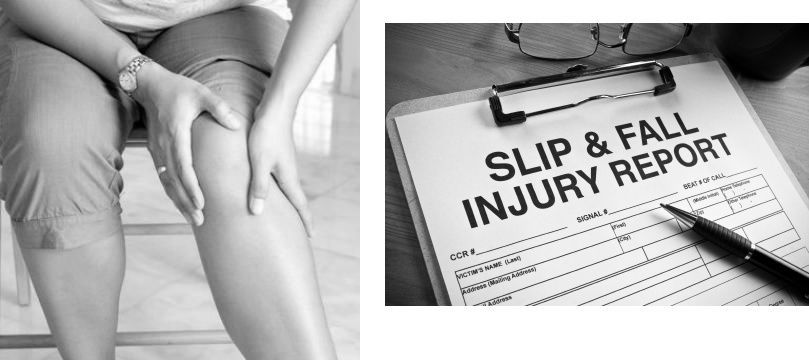
According to the Centers for Disease Control and Prevention (CDC), one out of five falls causes a serious injury such as broken bones or a head injury. More than 800,000 patients a year are hospitalized because of a fall injury, most often because of a head injury or hip fracture. Medical bills for fall victims total more than $50 billion each year, and by one count, nearly 35,000 Americans died from falls at home and work during a single 12-month period.
LEARN MORE
- What, Exactly, Are Slip & Fall or Slip & Fall Injuries?
- Slips & Falls Are a Major Cause of Head Injuries
- A Virginia Premises Liability Attorney Discusses Property Owners’ Duty of Care
People older than 65 are particularly at risk for falling and suffering serious or deadly injuries, but no one is completely safe. Indeed, our Virginia personal injury law firm has successfully represented clients who became partially disabled by tripping on an out-of-code stairway at the hospital where she worked and a man who slipped on a shoddily constructed stone path at a vacation property.
Those case differed in many ways, but they shared one fundamental characteristic: Negligence by the property owner and site managers allowed dangers to persist until our clients suffered the consequences.
Under one of the oldest legal principles called premises liability, property owners and occupants have an enforceable duty to protect the health and safety of other people. Failing to meet that duty makes a property owner or occupant responsible for compensating people who get hurt.
For instance, the managers at the hospital where our client tripped and tore apart her ankle should have inspected the stairs, realized they did not meet the standards spelled out in the applicable building code, and made repairs. Since no one at the hospital did those things, it was held liable for paying past and future medical bills for the injured employee.
Premises liability exists for homeowners, business operators, and rental companies. The duties owed to visitors, customers, and clients include limiting obvious dangers, warning about hidden dangers, and taking steps to identify and mitigate dangers. An illustration of how one restaurant failed to meet all three of those duties comes from another of our cases.
Our client broke her wrist after slipping and falling on a wet floor. An investigation into the cause of this so-called accident revealed that the restaurant managers and staff knew for weeks that an ice machine was leaking into a hallway used by customers to access the restrooms. Rather than replace the machine, managers ordered staff to put down a carpet. That carpet was removed at some point, and not even so much as a wet floor sign was left in its place. Recovering from her broken wrist kept our client out of work for two months.
EJL